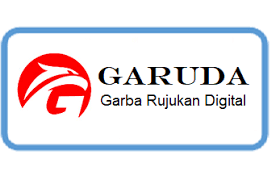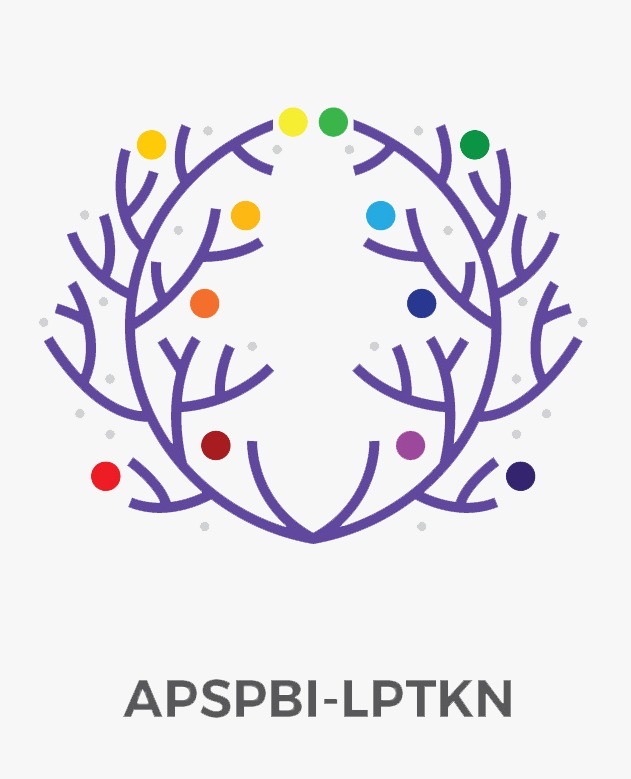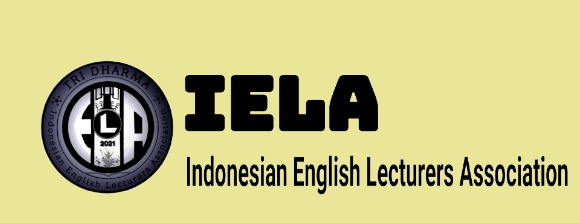A SEMANTICAL ANALYSIS ON SLOGAN
 ), Meity Muntuuntu(2), Jenie Posumah(3),
), Meity Muntuuntu(2), Jenie Posumah(3),
(1) Universitas Negeri Manado
(2) Universitas Negeri Manado
(3) Universitas Negeri Manado
 Corresponding Author
Corresponding Author
Abstract
This study uses a qualitative descriptive method to obtain data through direct observation. There are three elements of semantic meaning, namely lexical, grammatical, and contextual. However, this study only analyses the lexical meaning. This study aims to determine the types and meanings of the slogans in Tondano, especially those taken in several streets and offices. The data is obtained as a result of this study through documentation, namely; (1) Slogans on the streets and offices in Tondano city consist of 2 types, namely Educational slogans around 15 slogans and Product slogans around 7 slogans. Educational slogans are sentences that contain meanings related to learning. Product slogans are a form of sentence that contains the meaning of promotions, tips, and notifications about goods. Slogans have lexical meanings to motivate every reader. Each slogan has its own meaning, depending on the type. Educational slogans influence the learning motivation of students, teachers, and all readers. Product slogans provide additional information about the product being promoted. Therefore, it is advisable to read the message on the slogan and apply it in everyday life. If so, then the messages contained in the slogans were successfully conveyed.
Keywords : Semantical, Lexical meaning, Slogan, Educational slogan, Product slogan.
References
Aminuddin, 2001. Semantic (Pengantar Studi Tentang Makna). Malang: Sinar Baru.
Emelia Panambunan, Golda J. Tulung, Mister Gidion Maru.2016. Improving Student’s Speaking Ability Through Communicative Language Teaching Of The Second Level Students At “MEC” Megalia English Course.Vol.1, No 1. Pg. 58.
Chaer, Abdul. 1995. Pengantar Semantik Bahasa Indonesia. Jakarta: Rineka Cipta.
Hampp, Paula L. 2019. Use of Songs in Teaching Simple To be and Past Tense Teaching.Journal of English Language and Literature Teaching.Vol.4, No 1.P.15.
Liando, N. V. F., Sahetapy, R. J. V., Maru, M. G. (2018). English Major Students’ Perceptions Towards Watching English Movies In Listening And Speaking Skills Development. Advances In Social Sciences Research Journal, 5(6), 1-16.
Liando, Nihta., Maniku, J., Maru, M.G. 2018. Watching Movie Clips as AStrategy to Improve Students’ Listening Skill. Journal of English Language and Literature. JELLT, Vol 1, No 1.P.18.
Longman, 2000. Dictionary of American English, new edition. Laurence.
Maru, M. G., Sudarsono, L., Samola, N. 2016. A Discourse Analysis Figurative Language in Barrack H. Obama’s Speech. Vol.4, No 1. 7.
Miles, M. B and A. M. Huberman. 1994. Qualitative Data Analysis 2ⁿᵈ Edition. California: Sage Publication.
Pardjimin. 2005. Bahasa Indonesia untuk SMP Kelas XIII. Bogor: Yudhistira.
Prihantini, Ainia. 2015. Master Bahasa Indonesia.Yogyakarta: Bentang Pustaka.
Sumanto, 2014. Teori dan Aplikasi Metode Penelitian. Yogyakarta: Caps (Center of Academic Publishing Service).
Article Metrics
Abstract View : 1073 times
: 1073 times Download : 130 times
Download : 130 times
DOI: 10.36412/jellt.v4i2.2400
Refbacks
- There are currently no refbacks.
Copyright (c) 2021 Journal of English Language and Literature Teaching









